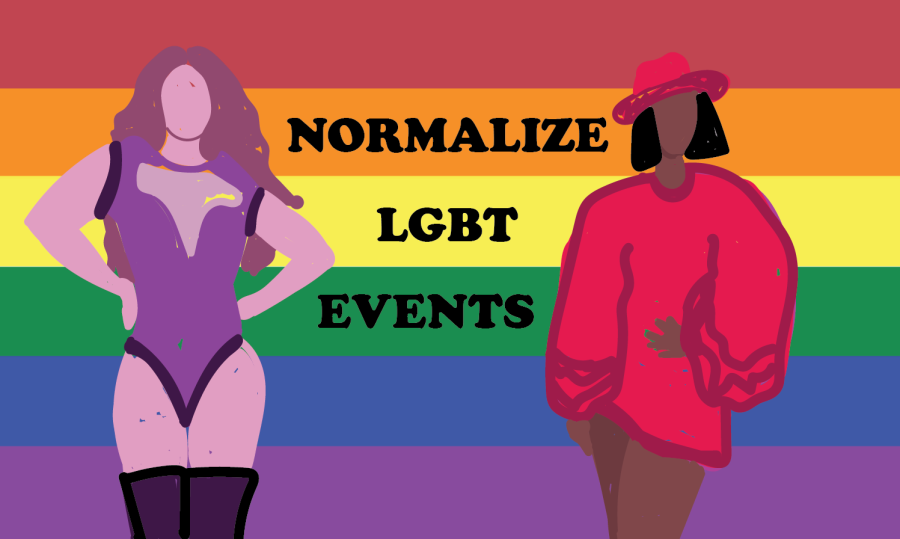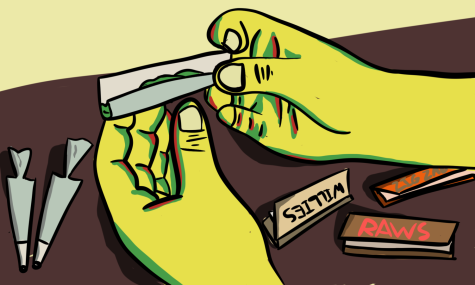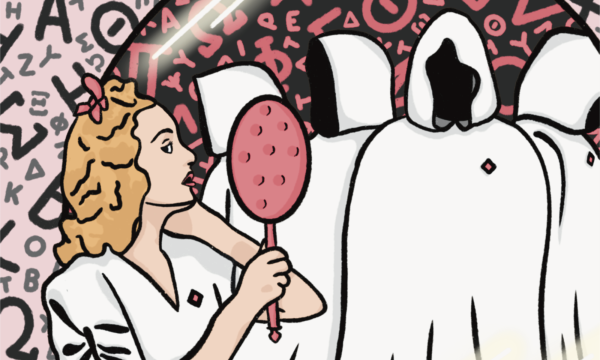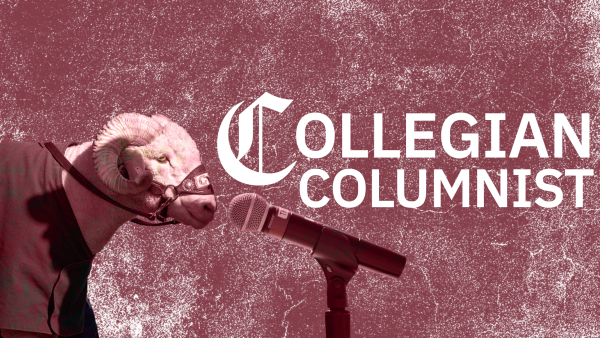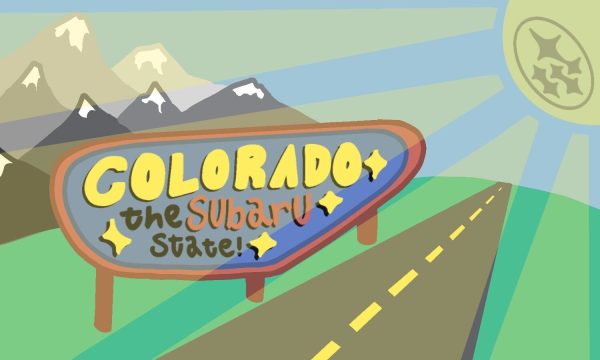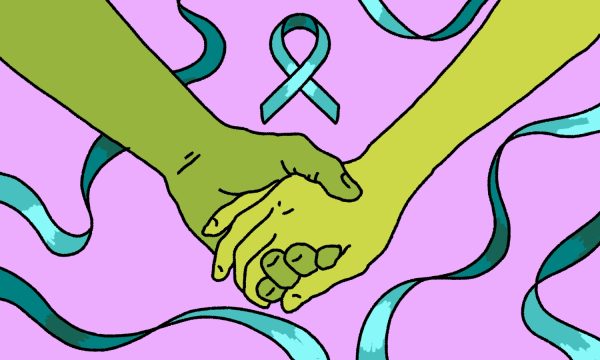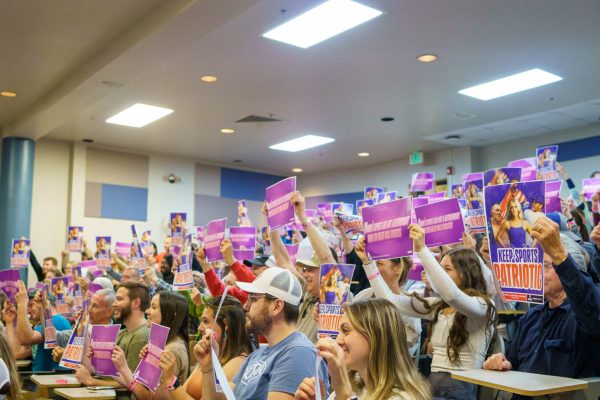Gross: Drag is an important piece of culture, so let’s normalize it
Collegian | Chloe Leline
(Graphic illustration by Chloe Leline | The Collegian)
April 3, 2022
Editor’s Note: All opinion section content reflects the views of the individual author only and does not represent a stance taken by The Collegian or its editorial board.
While many people are familiar with drag as a general term, not as many understand what drag really means and why it’s important for those who participate.
Ad
Drag is defined as “a type of entertainment where people dress up and perform, often in highly stylized ways,” according to transequality.org. Typically, performers are known as “drag queens,” meaning people, often those who identify as men, who perform in feminine clothing. “Drag kings,” however, are those who perform drag in masculine clothing.
There are many misconceptions from those both within and outside the drag community regarding transgender performers. While there are some transgender people who perform drag, they are not the only ones who participate, as drag is less about gender and sexuality and more about artistic expression.
Drag’s origins can be traced to Shakespearean theater, when men dressed in feminine clothing for performances because it was uncommon for women to perform onstage. However, the term drag was not coined until the late 1800s in the United Kingdom, then being defined as any gender-bending performance.
“There is even a drag community here in our backyard, with one of Colorado’s most famous drag queens, Jessica L’Whor, getting her start performing right here at Colorado State University.”
Throughout the 1800s, many American cities promoted masquerade laws, which made it illegal for people to dress in the clothes of another gender. Drag changed from flying under the radar to being shunned or banned. In the 1930s, when early sexologists tried to define why people do drag, drag became associated with homosexuality.
Drag continued throughout the mid-20th century, but it was underground. It wasn’t until the Stonewall Riots of 1969 that drag and queer culture in general began to emerge into American society.
Drag has played a central role in modern-day culture. “RuPaul’s Drag Race,” a long-running drag performance competition show, has been popular since its first season and has helped many better understand drag culture along with giving performers a platform for their art.
Although the show has faced criticism for its melodrama and transphobia, the success of the show is still significant to the LGBTQ+ and drag community. Having such prominent drag figures appear on TV helps normalize drag and queer culture.
There is even a drag community here in our backyard, with one of Colorado’s most famous drag queens, Jessica L’Whor, getting her start performing at Colorado State University. She used to perform at Fort Collins pride events while a student and is now notorious within the Denver drag scene. Krisa Gonna is another icon of the Fort Collins drag scene. Growing up in Brazil, he was not allowed to express femininity but eventually found drag as a way to express himself.
“Drag shows are a safe place for everyone. Acceptance is the standard. There is no hatred, no fear of being the ‘other.’ There is only the performer and their audience.”
Over the last few years, drag events had to be paused due to COVID-19, but CSU’s Pride Resource Center is hosting “Drag Show: Resurrection” on April 16 to celebrate the return of drag to Fort Collins.
Ad
These community-sponsored events show drag shouldn’t be just welcomed into communities, it should be normalized as art. Yes, drag might not be for everyone, but it certainly should have a place in every community.
Not only is it a form of expression but the drag community is full of acceptance for those who cannot find it elsewhere. For young members of the LGBTQ+ community, going to drag shows might be the only way they can find other people like them.
Drag shows are a safe place for everyone. Acceptance is the standard. There is no hatred, no fear of being the “other.” There is only the performer and their audience.
Drag is not something to be scared of, but rather it should be welcomed with warm arms to various communities for the value it brings. Those who see drag as frightening likely have a misconception about what it really is. Drag is more than the performances, it’s a community. It’s just an added bonus that the performances are always fun.
Reach Dillon Gross at letters@collegian.com or on Twitter @dillongrosss.
Editor’s Note: This article has been updated to reflect Krisa Gonna’s stage name.


